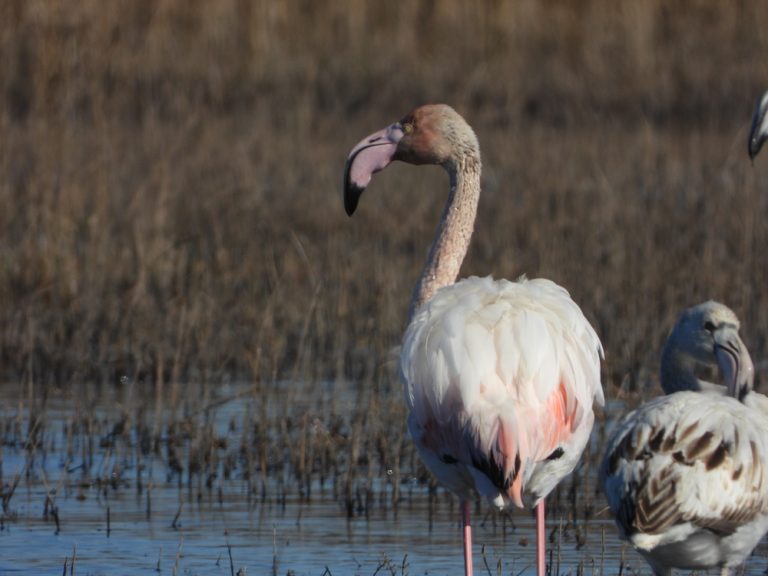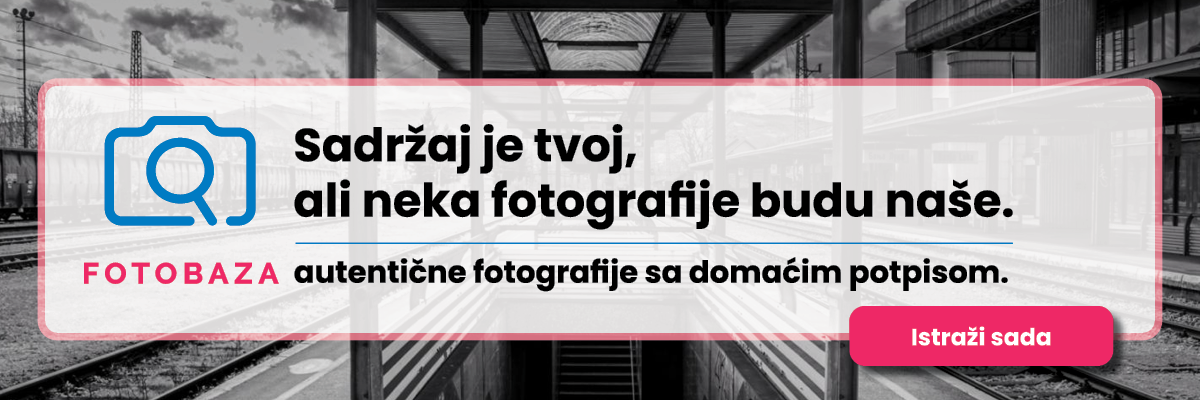In a modern world where the economy easily takes precedence over the environment, biodiversity in the Balkans faces critical challenges. From wild rivers at risk of disappearing, to bird habitats being destroyed by human intervention, the region finds itself at a critical juncture in safeguarding its natural wealth. However, from Bosnia and Herzegovina to Albania, new ways of thinking about living in harmony with nature are emerging.
Text: Oliverda Allmuca; Photo by Jon Vorpsi, flamingos at Lagune of Narta
Hundreds of rivers in Bosnia and Herzegovina, among the most ecologically rich in Europe, are facing daily serious threats due to the unchecked ambitions of the private sector, putting one of nature’s most valuable gifts at serious risk.
“Bosnia has over 250 rivers, each brimming with biodiversity, but they are under siege by poorly planned hydropower projects,” says Vladimir Topić, an expert at the Center for the Environment (CZZS) in Banja Luka.
The campaign to protect these rivers began as grassroots activism, supported by scientific research.
“Our focus has been on showcasing the ecological value of rivers like the Neretva, which is home to unique species, including four native trout varieties,” explains Topić.
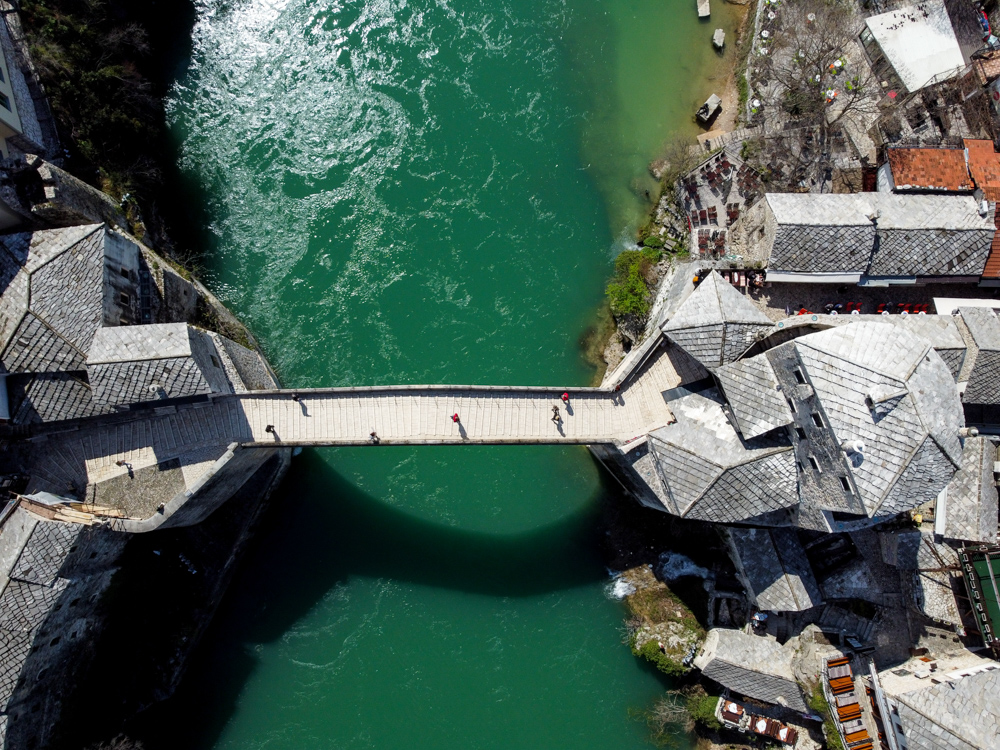
However, the challenges are immense. Hydropower plants are often approved based on outdated environmental studies and without proper impact assessments.
“In many cases, fish passages fail, and water levels fluctuate drastically, putting entire ecosystems at risk,” he warns.
One critical example is the Ulog hydropower plant on the Neretva River.
“Daily water level changes caused by peak operations have devastated trout habitats, and there’s a real danger of losing three native species”, Topić emphasizes.
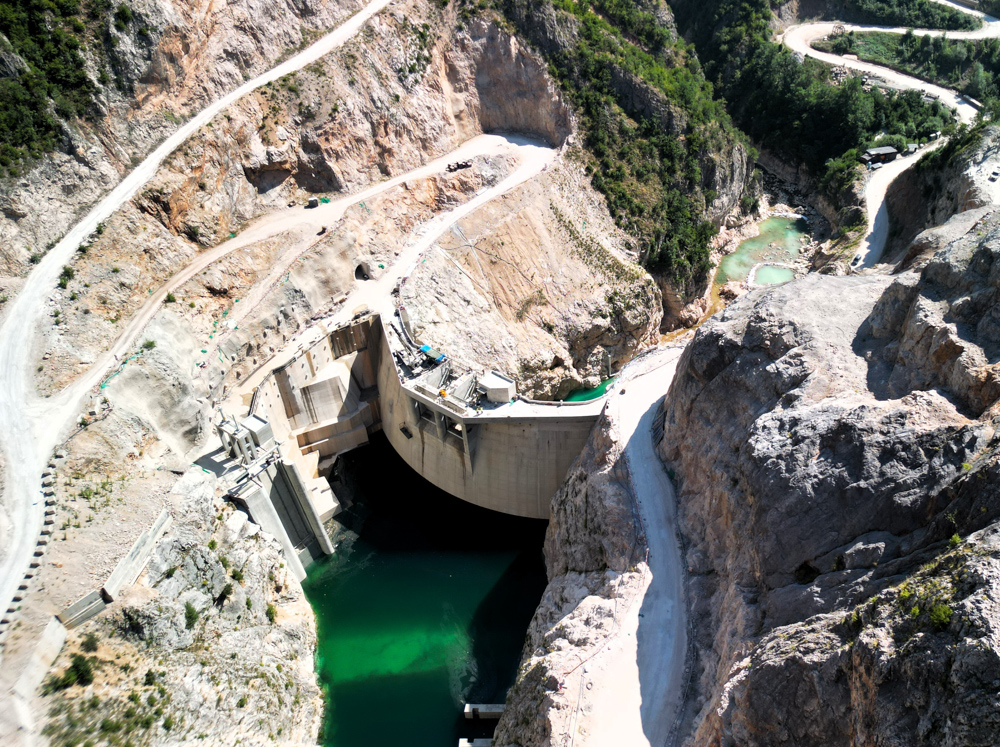
Despite this, local communities have proven to be a formidable force in resisting harmful developments.
“On the Vrbas River near Banja Luka, residents successfully stopped the construction of two large hydropower plants through lawsuits, public consultations, and international advocacy”, he recalls.
Another key victory was achieved on the Buna and Bunica rivers, where persistent community efforts and legal action halted planned hydropower projects. For Topić, these successes underline the importance of local involvement.
“Communities have shown that they can fight back and protect their rivers,” he says.
Still, Bosnia remains far from meeting European conservation standards, with only 3% of its territory under formal protection, compared to the EU’s target of 30%.
“We are pushing for more extensive river protection and better management practices, but the challenges are systemic”, Topić explains.
Government policies continue to prioritize private investments, offering minimal concessions to local communities and sidelining sustainable practices. For Topić, empowering citizens to lead the charge is crucial.
“Communities must become the custodians of their rivers. It’s the only way to safeguard our natural heritage and ensure a sustainable future”, he concludes.
Albania’s rivers, similarly, face the same threat. What began as a movement to protect one of the last wild rivers in Europe, the campaign to protect the Vjosa River has grown into a battle for the entire Balkan river network.
“The whole effort was part of a broader campaign launched by EuroNatur and Riverwatch. Three-year studies showed that the Balkans is the last region in Europe to preserve wild rivers, and Vjosa, as the largest of this kind, had vital importance”, explains hydrologist Olsi Nika.
In the early years, the campaign mainly focused on scientific studies of the hydromorphological values of the rivers.
“In 2014, we presented the vision to declare Vjosa a National Park. We were in a period when local governance had more power, and contracts for hydroelectric plants, like the one in Kalivac, were still active. It was a big challenge to convince local actors of this idea”, says Besjana Guri from the organization “Eco Albania.”
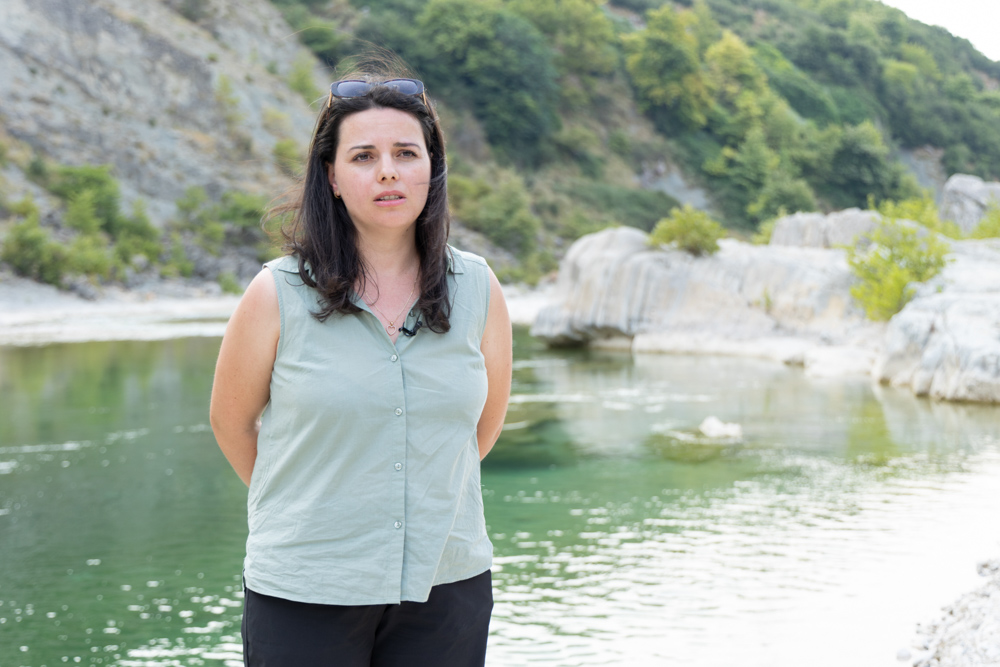
Olsi explains that there was no information about the values of Vjosa or the threats it faced, so they foreign media to expose the beauty and biodiversity of the river. This strategy worked, Vjosa became a topic of discussion in international media and later in Albanian media.
“Lobbying was another method we used as part of our strategy to secure long-term protection of Vjosa. We’ve constantly lobbied with the EU Delegation to Albania and other EU institutions including the European Parliament and the European Commission. They helped us to ask the Albanian government to revisit its plans for the construction of power plants”, says Olsi.
However, in 2015, despite pre-election promises not to build hydroelectric plants, the government approved the construction of the Poccemi hydroelectric plant, increasing pressure on the river’s defenders.
Protests, although numerous, did not have the expected effect. However, the support from the residents of the village of Kutë, particularly through a lawsuit in the Administrative Court, led to the cancellation of the contract.
After the first victory, Besjana recalls that Rock Rossman, a biologist from Slovenia, had the idea of collecting signatures from all over the Balkans and using them in a petition which they sent to PM Edi Rama during protests. The campaign gained significant momentum in 2019 when actor Leonardo DiCaprio posted a message on social media advocating for the protection of Vjosa, raising international awareness of the issue.
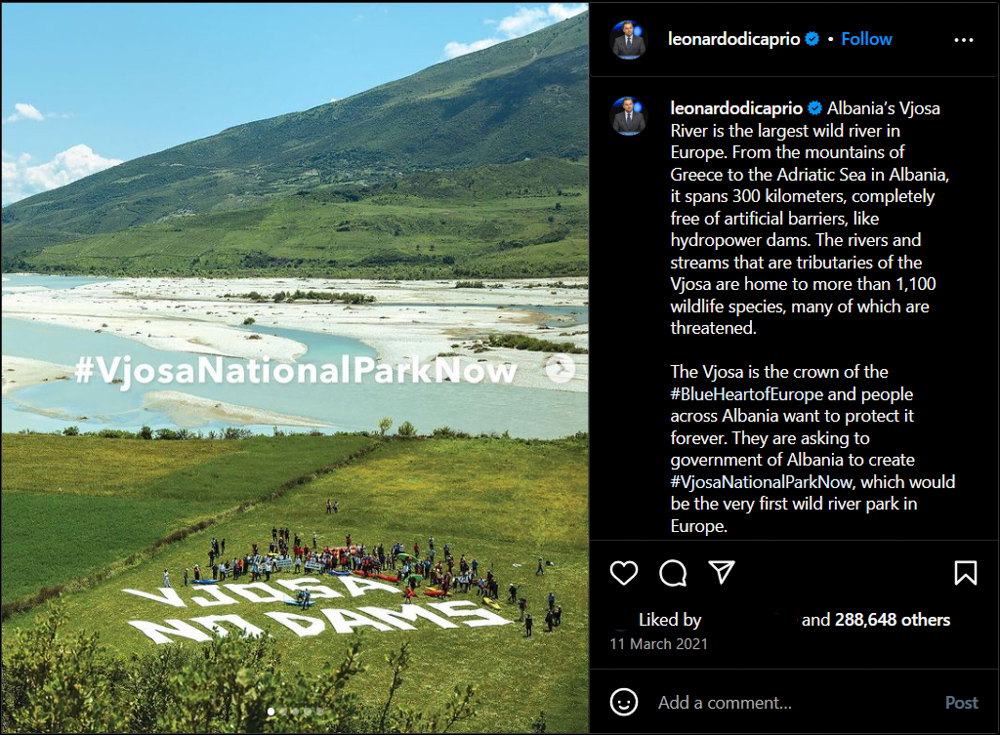
In 2023, Vjosa was declared a National Park, a historic achievement that brought a new perspective for nature conservation.
“Now we have a model that focuses not only on protecting a part but the entire ecosystem,” says Olsi.
The protection includes 400 kilometers of free-flowing Vjosa river and its tributaries, something never seen before in Albania or Europe. However, the designation as a National Park is not an antidote to all threats.
“The new law for protected areas creates spaces for developments that could harm the park”, warns Olsi because tourist resorts and infrastructure projects, even if not affecting the core area, leave irreversible marks.
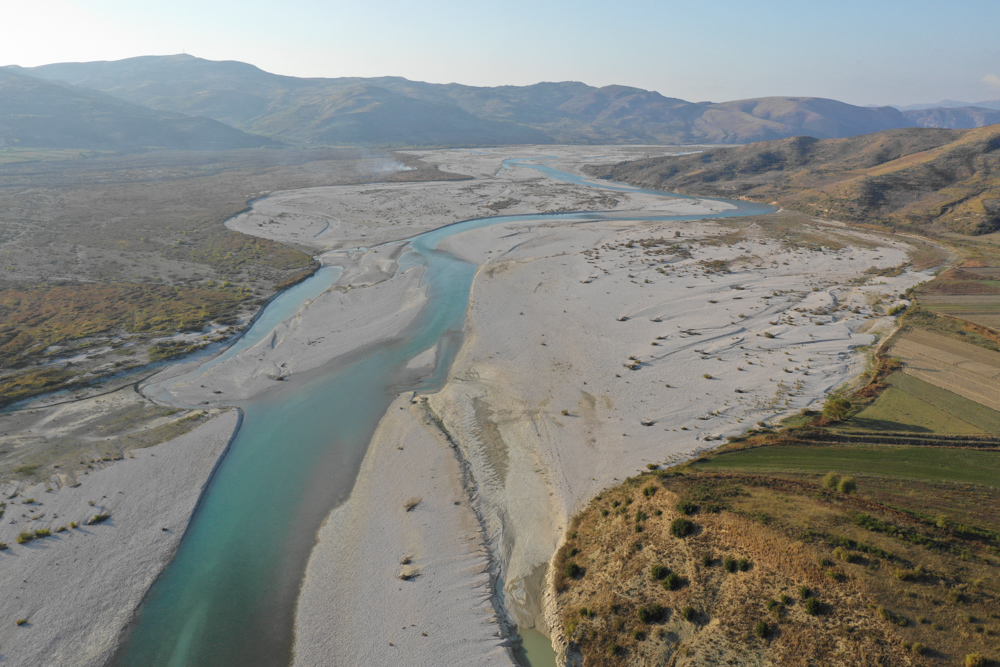
Today, Vjosa faces new challenges. Besjana emphasizes that there are pressures from urban development, mass tourism, improper waste management, and the processing industry. Taking water for industrial purposes is another significant risk.
“We cannot take half of the water and flood the land”, she warns, highlighting the need for sustainable management.
Despite the challenges, Vjosa remains an inspirational model for the region.
“Protecting the park and developing sustainable practices around it, with a focus on ecotourism and sustainable agriculture, is the key to the future”, concludes Olsi.
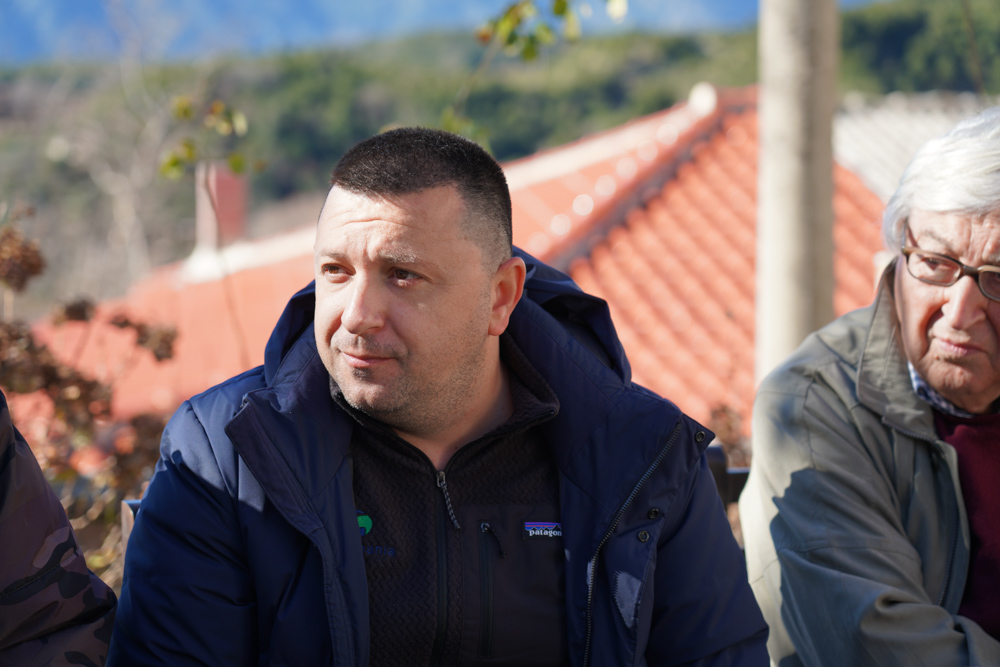
Vjosa is not just a river, it is a symbol of a new mindset for living in harmony with nature.
Birdwatching, the new future tourism as a solution
The dusty road that leads to the artificial lake Lipsko in the city of Livno, Bosnia and Herzegovina, fiercely guards the panorama hidden along the reed beds. However, a brief observation with binoculars reveals a flock of waterfowl naturally skimming over the surface, while the only sounds around are the soft fluttering of their wings and the chaotic chirping echoing across the hills and mountains.
Ante Perkovic, a biology teacher and a man who organizes birdwatching tours in Livanjsko field, explains that this area is home to a diverse variety of birds, from ducks to eagles.
“Here we have many ducks, many shorebirds. We have some species of storks, eagles, and owls. With the last species observed here, we have a total of 280 bird species”, he says.
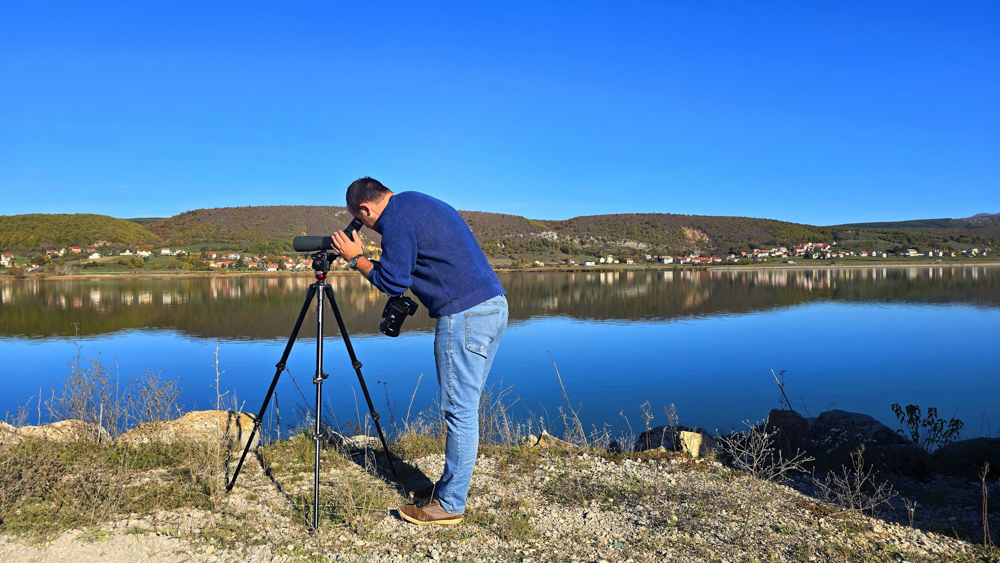
This number gives the area undeniable significance, as there are 351 bird species across Bosnia, the majority of which are found in this field. Just minutes before our interview, Ante managed to capture an unexpected visitor, which he identifies as a White-Tailed Eagle.
“It's the biggest eagle in Europe. The white-tailed eagle measures anywhere from 66 to 94 cm in total length, with a typical wingspan of 1.78 to 2.45 meters. We have only eight nesting pairs in Bosnia and Herzegovina, and we have one pair in Livanjsko field”, says Ante.
He notes that climate change has influenced the increase in bird species. Drastic temperature fluctuations and the unnatural shifting of seasonal periods have led to the presence of Mediterranean birds in the area, species that hadn't migrated here two decades ago. As a result, certain species have altered their nesting patterns or migration routes. However, climate change is not the only challenge to biodiversity in Livno.
“Illegal hunting, garbage/waste, and fires. There is a lot of garbage and waste spread throughout the fields, which is detrimental to the environment. And also fires, people intentionally start fires, thinking it will lead to new agricultural lands, but it actually just results in carbon and damage”, he warns.
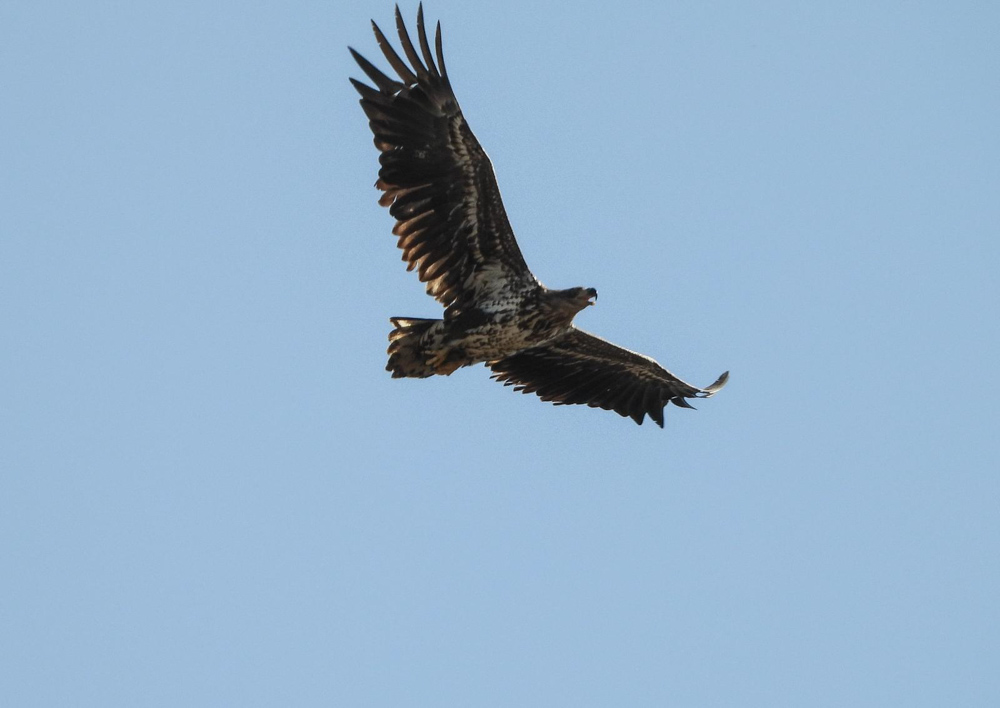
According to the international conservation organization “Euronatur”, one of the most common methods currently used by illegal hunters in the Balkans is the use of decoys, electrical devices that imitate the sound of birds, which are placed in meadows and fields at night. The birds are deceived by these enticing calls and gather in flocks, and by dawn, the illegal hunters kill many of them, risking extinction.
To prevent this harm, Ante mentions that the Livno community has long been requesting legal protection for this specific area. According to him, this would help attract more visitors interested in birdwatching, a form of tourism that has been growing in recent years in the Balkans.
“What's special here is that this type of tourist offering is accompanied by the mandatory protection of the very resources on which it has developed. That's why we strongly request that the entire area be protected or designated as a bird sanctuary, but with the area's current capacity, much more can be done by ensuring adequate infrastructure”, he says.
However, to see whether the government or local authorities will attempt to grant the area new legal status to protect hundreds of bird species from extinction, it will take until 2027, the year when the current concession contract expires. Until then, Ante will continue his birdwatching efforts, bringing people from around the world to these regions where, in just a few hours, they can witness the beauty of the Livanjsko field.
In addition to the species in Bosnia and Herzegovina, illegal hunters are also harming bird flocks in Albania. The known migratory route called “The Adriatic Migration Route,” which passes through several countries in the region, including Bosnia and Herzegovina and Albania, risks losing its natural trajectory.
“Authorities have been hiding behind a non-existent moratorium for years. On the ground, bird killing continues
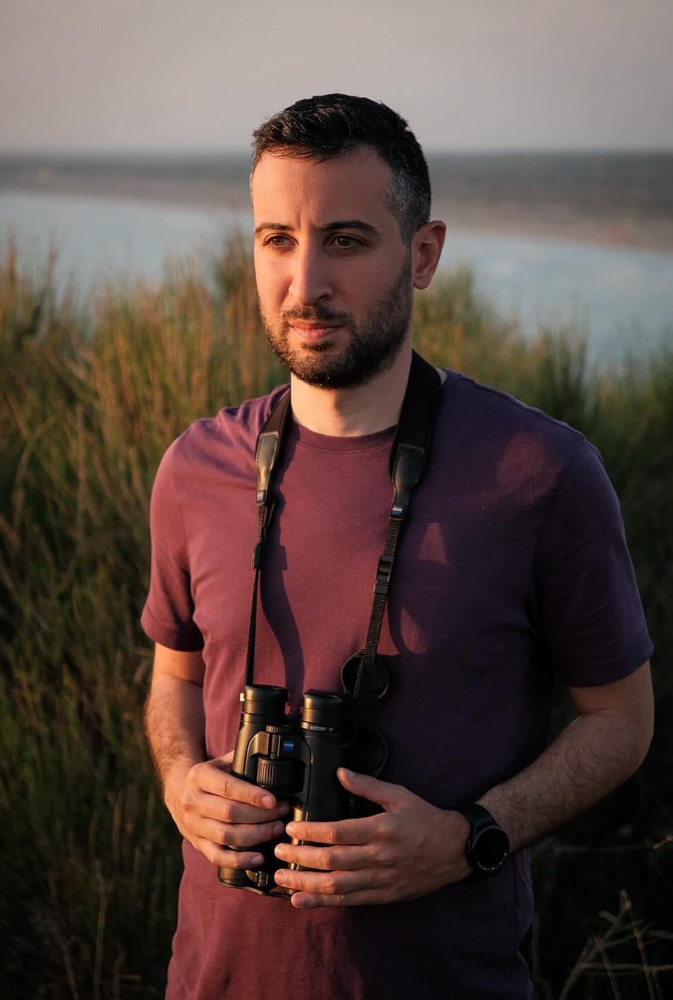
almost every day, and unfortunately, no regulations are enforced”, explains Jon Vorpsi, an ornithologist in Albania.
Since the government has not taken any steps to create an action plan and new law, people who want to hunt wildlife continue their activities without paying any fees for registration or hunting, nor do they follow the ethical rules of hunting. Another concern raised by observations is the fact that due to relentless human interference, many migratory birds are losing their habitats.
“Illegal and unplanned constructions that have been carried out throughout Albania over the past 30 years, in addition to areas important for wildlife and birds, have also affected protected areas. The law for protected areas has changed. What was previously done illegally and expected to be stopped by the authorities is now permitted by law, which will lead to further destruction of wild habitats”, Jon says.
The most blatant case is the construction of the Vlora Airport, a project that began by concealing the fact that it would be built in a protected area and is still ongoing, even though experts assess it as putting at risk the habitats of thousands of birds that land and take off in the ecological corridor between the Narta Lagoon and the Karavasta Lagoon.
For Jon, the construction of the Vlora Airport marked the beginning of the end for protected areas, while the government has focused on all coastal lagoons, including those within protected areas. According to Protection and Preservation of Natural Environment (PPNEA), NGO based in Albania, the airport is nearly 60% complete and has taken up a considerable portion of the ecosystem. This part of the protected area, where birds used to nest, find food, and fulfill their ecological needs, is being encroached upon.
“Since the airport will increase lighting and airplane noise, it will disrupt the bird habitat. Practices to remove birds, which are prohibited in protected area laws, will be used. For that airport to operate, nature cannot”, he concludes.
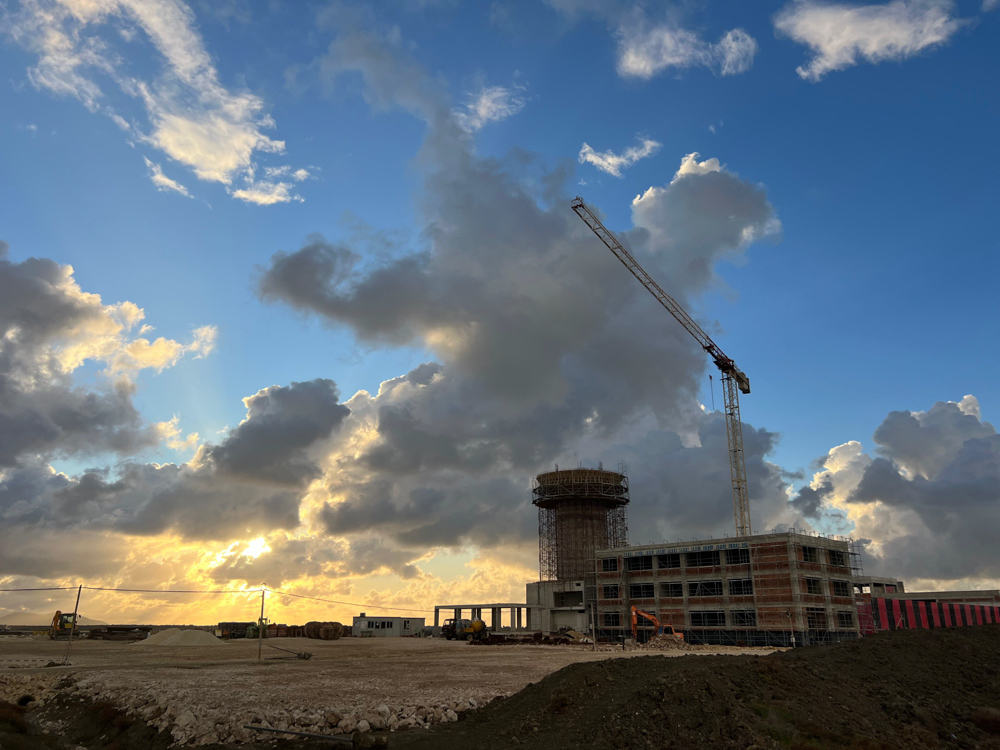
The airport threatens all those birds migrating from Africa to Albania, as it passes through the migratory corridor. Environmental experts claim that there is also the unfortunate possibility of a human tragedy, as some of the birds are large and could collide with airplanes. Despite efforts and clear guidelines from the Bern Convention, the Albanian government refuses to halt construction. Jon explains that the PPNEA organization has also taken the fight to another front, the legal one.
“Two lawsuits have been filed in court, one seeking the cancellation of the concession contract for the Vlora Airport and another challenging the change of the boundaries of the Vjosa-Narta protected area. However, the court has rejected the lawsuit at the first level and has been in the High Court for some time, waiting to be reviewed”, he says.
PPNEA clarifies that the Vlora Airport could be reached in other ways without the need to build new infrastructure near the Lagoon/within the protected area, by increasing the capacity at the Rinas Airport in Tirana.
While the situation is far from ideal, visitors continue to flock to the area, patiently awaiting the spectacular display put on by the colorful birds. The growing interest in the natural paradise of Narta remains intact. However, Jon says that despite the ever-growing interest, protected areas in Albania are still struggling to secure a mechanism that would bring these revenues to their objectives.
And while the government's claim that construction in areas with optimistic natural capital will eradicate poverty in the area is not agreed upon by environmental experts, the battle to preserve the beauty and rich biodiversity of the Vjosa-Narta Lagoon continues.
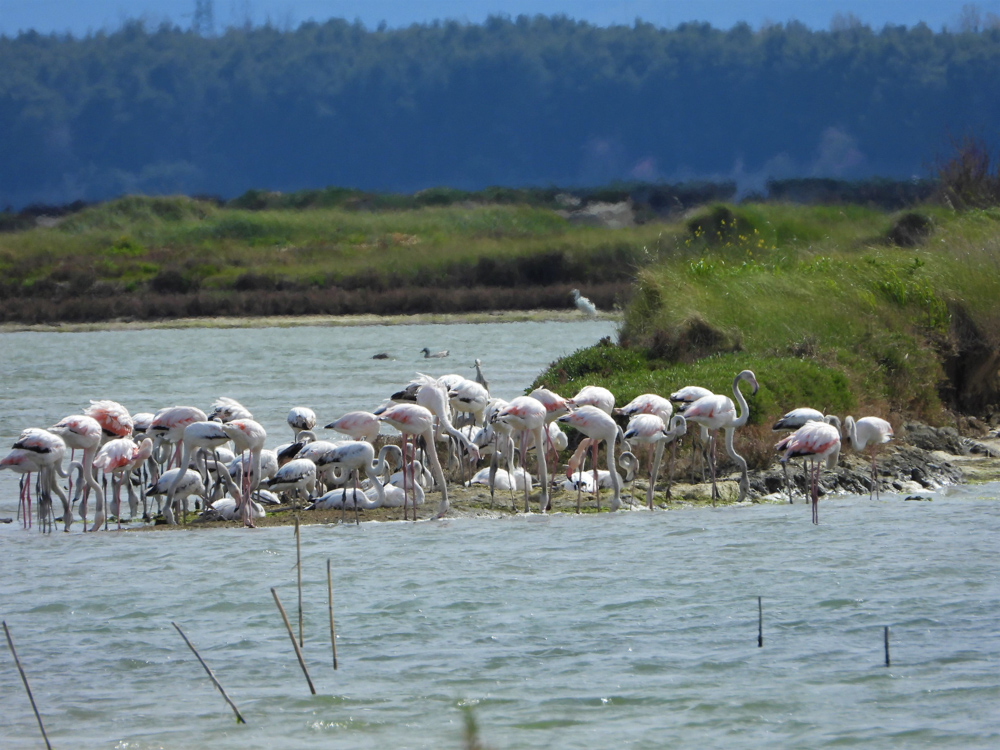
Wild horses, an adventure between nature and friendly tourism
12 years ago, a photographer with a passion for nature discovered a hidden treasure in Livno, Bosnia and Herzegovina – wild horses. What started as a search for beautiful images turned into an extraordinary journey, combining art, nature and tourism. In the beginning, Marin Mamuza spent time photographing the herds of horses and enjoyed the tranquility of the vast mountain spaces.
“Many people asked me if those scenes were real. When you see it for the first time, it looks like a dream scene, far from reality”, he says.
His desire to share this experience with others led him to invite friends to see the horses, and later create a tourism business promoting this natural treasure. Today, visitors come from all over the world to experience this unique adventure. The tour starts at the central office, where visitors board off-road vehicles for a 30-minute drive to the plateau, at an altitude of 1,600 meters above sea level. Once they arrive, the search for horses begins among the spectacular landscapes.
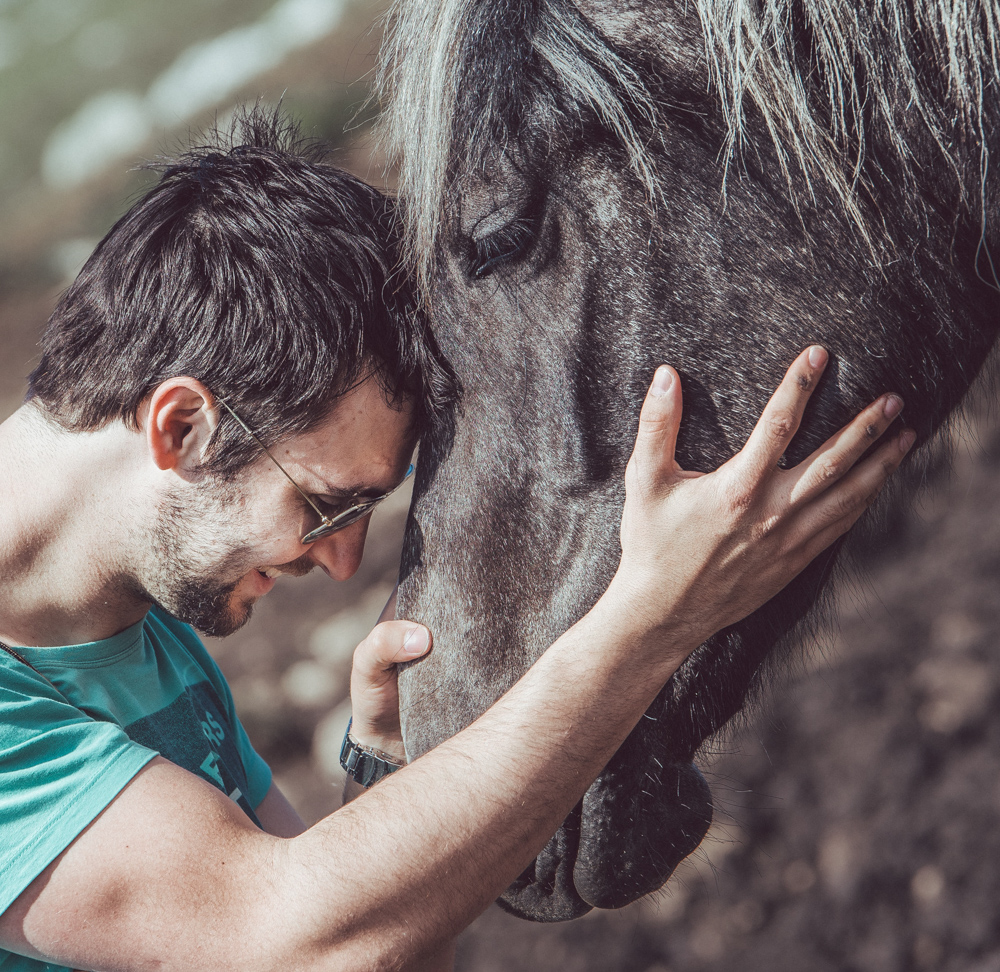
“I always suggest that all visitors stay for five minutes in silence. No phones, no photos, just to feel nature and understand what it means to be part of it”, explains Mamuza.
After this special moment, the tour continues with a picnic in nature and visits to panoramic points. Mamuza says that in the ‘70s and ‘80s, when tractors replaced horses for village work, many owners decided to leave the horses free in nature. They chose this area because of its open space, where the horses could easily spot predators like wolves.
Currently, around 1,000 horses live in this area, forming one of the largest wild horse herds in the region. However, the biggest challenge remains the lack of water during the summer due to long droughts caused by climate change.
Tourism has had a significant impact on the local economy. Many abandoned houses have been transformed into guesthouses, while small businesses are thriving thanks to local products sold in resorts and tourist picnics. Furthermore, income from tourism is helping locals stay in the village, preventing one of the greatest challenges of the time – migration.
To ensure the sustainability of the area, tour operators are pressuring the government to protect this extraordinary region.
“Nature and the horses are our foundation. Without them, tourism here would not exist. That’s why we’re trying so hard to make the authorities do their job. Otherwise, nothing would work”, emphasizes Mamuza.
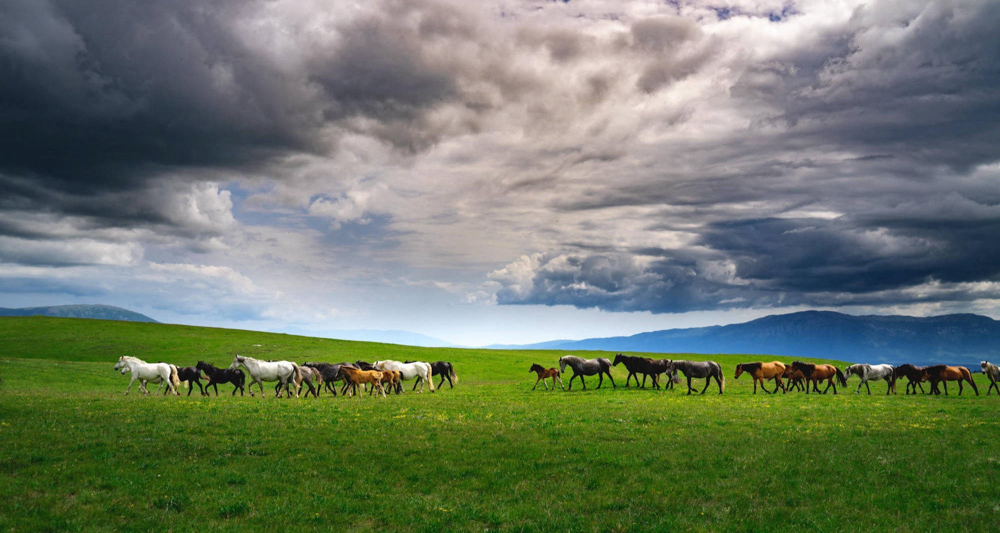
This harmonious model of tourism and nature conservation has also been embraced in Albania. In the north of the country, in the city of Kukës, there is the “Trail of Colors”, one of the most promoted and visited destinations, especially in recent years. This mountain route, stretching between two border villages – Shishtavec near Kosovo and Çajë near North Macedonia – offers a unique experience for visitors. With a length of 13 kilometers, this trail is suitable for family tours as well as sports like mountain biking.
Ermal Hallaci, a journalist and tour operator in the area who has been responsible for the success of this destination from the start, explains that “one of the most unique features of the Trail of Colors is the multicolored flowers and breathtaking alpine landscapes that stretch near the borders of three countries.” He says that “spring is the most beautiful season to visit, when the meadows fill with colors and the open sky offers stunning views”.

But what attracts visitors the most are the herds of horses that roam freely in these areas. Ermal shares that the village of Çajë is the epicenter of this phenomenon, being one of the areas with the highest number of horses in Northern Albania.
“Only one resident, Kujtim Ivani, has more than 20 horses that he lets roam the surrounding mountains. In total, there are over 50 horses in this area, living in harmony with nature and contributing to the visitor experience”, he says.
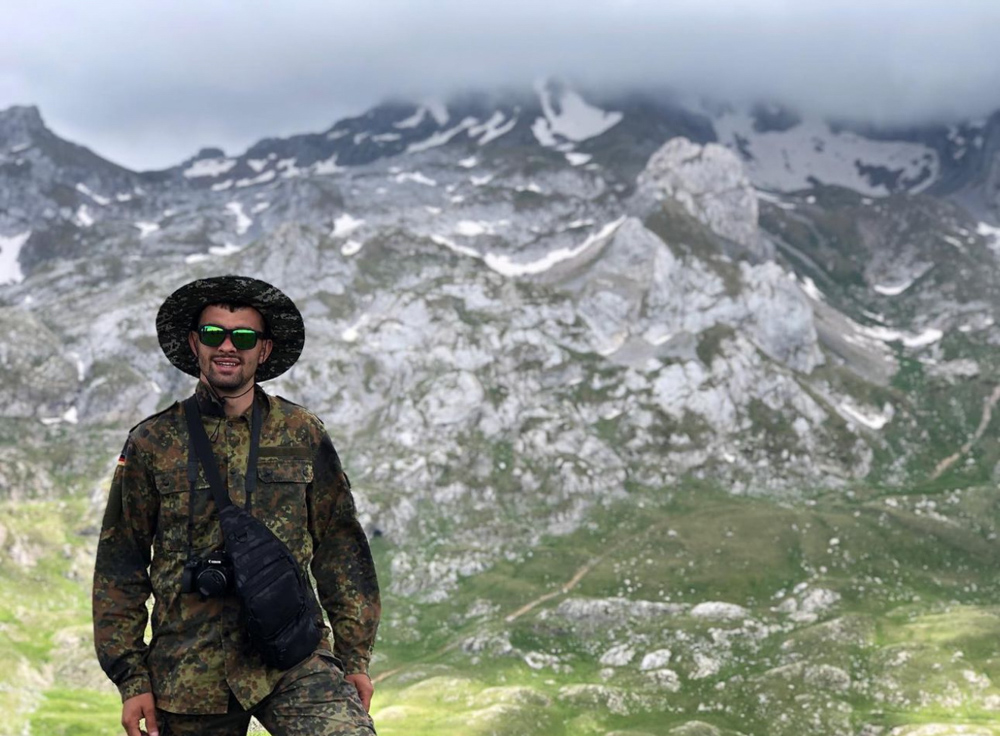
The horse herds are friendly and often create spectacular scenes for visitors as they run across open meadows. Images of these moments have gone viral on social media, bringing even more local and foreign tourists to this destination.
But the situation won’t always be so colorful. Ermal states that despite the wide promotion, the Trail of Colors still needs investment and protection to create the tradition of a sustainable tourist destination. He emphasizes the importance of banning off-road vehicles and motorcycles, which could damage the biodiversity. Also, the signage and information boards need improvement to offer a better experience for visitors.
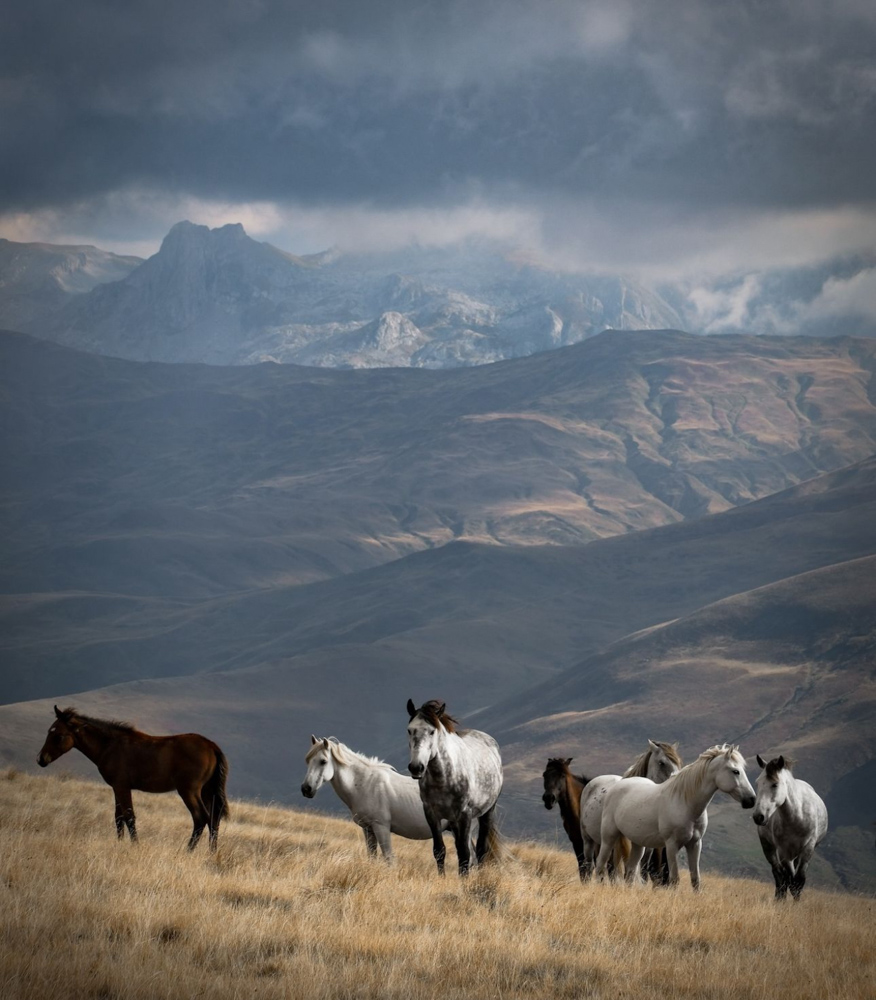
In addition, Ermal has often suggested to local authorities to take initiatives like building new trails linking the Trail of Colors with North Macedonia and Kosovo, as well as supporting local residents to turn their homes into guesthouses.
“The Trail of Colors has positively impacted the local economy, increasing the number of tourists who spend at local bars, restaurants, and taxis. Additionally, guesthouses in Shishtavec and Çajë have expanded to meet the demand of visitors”, he says,
In the future, the plan to turn this area into a managed nature park, where the horses would be used for organized tours and nature would be rigorously protected, is a step toward sustainable development. For local residents and visitors, this would mean not only a unique tourism experience but also a legacy that withstands the test of time.



